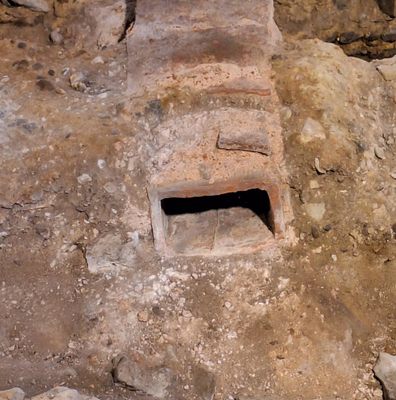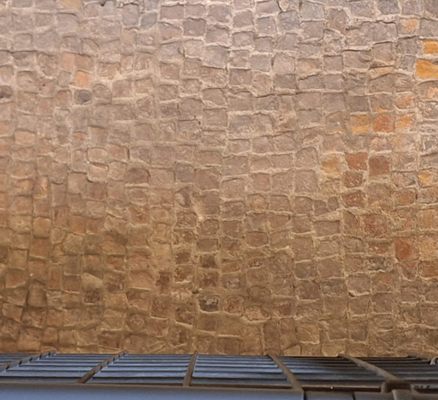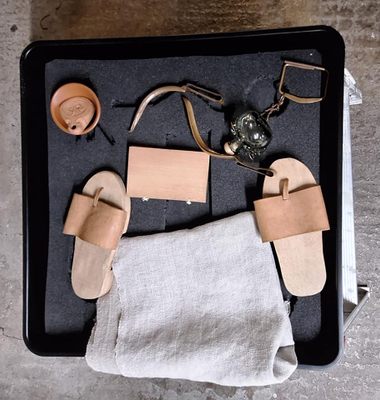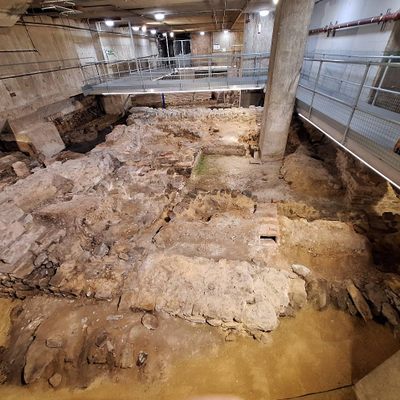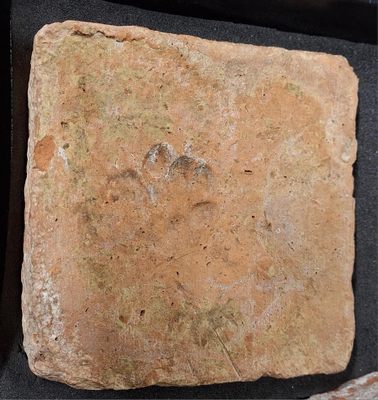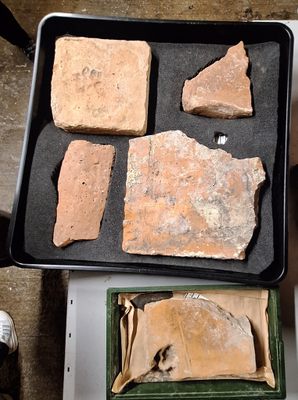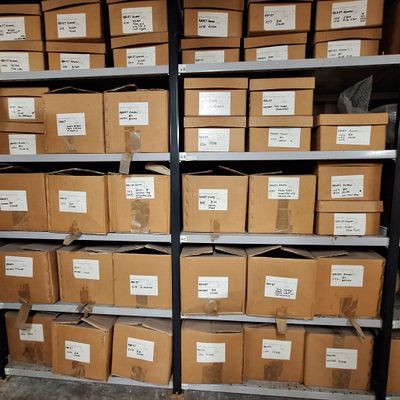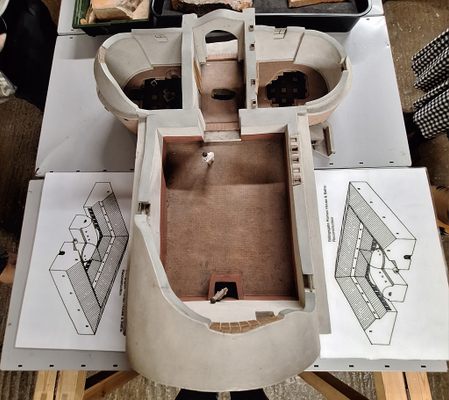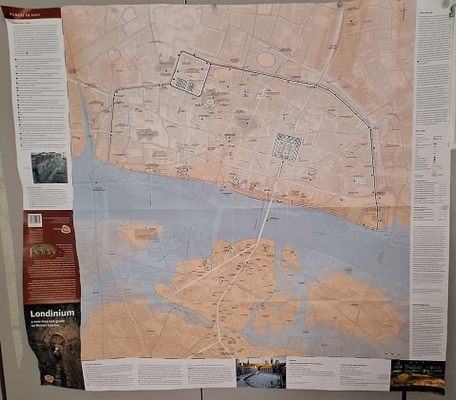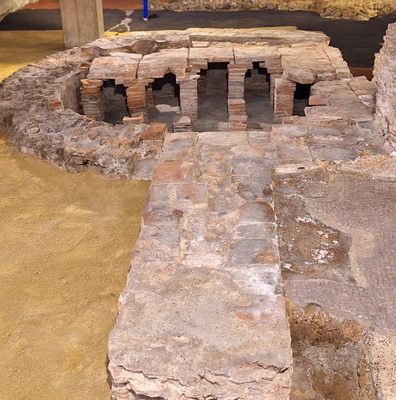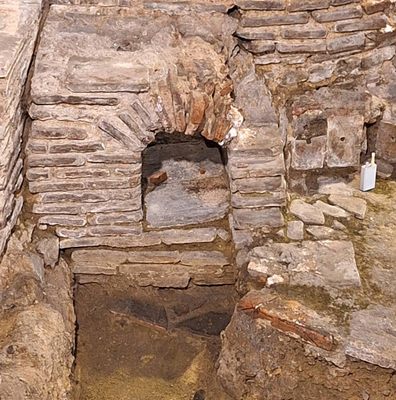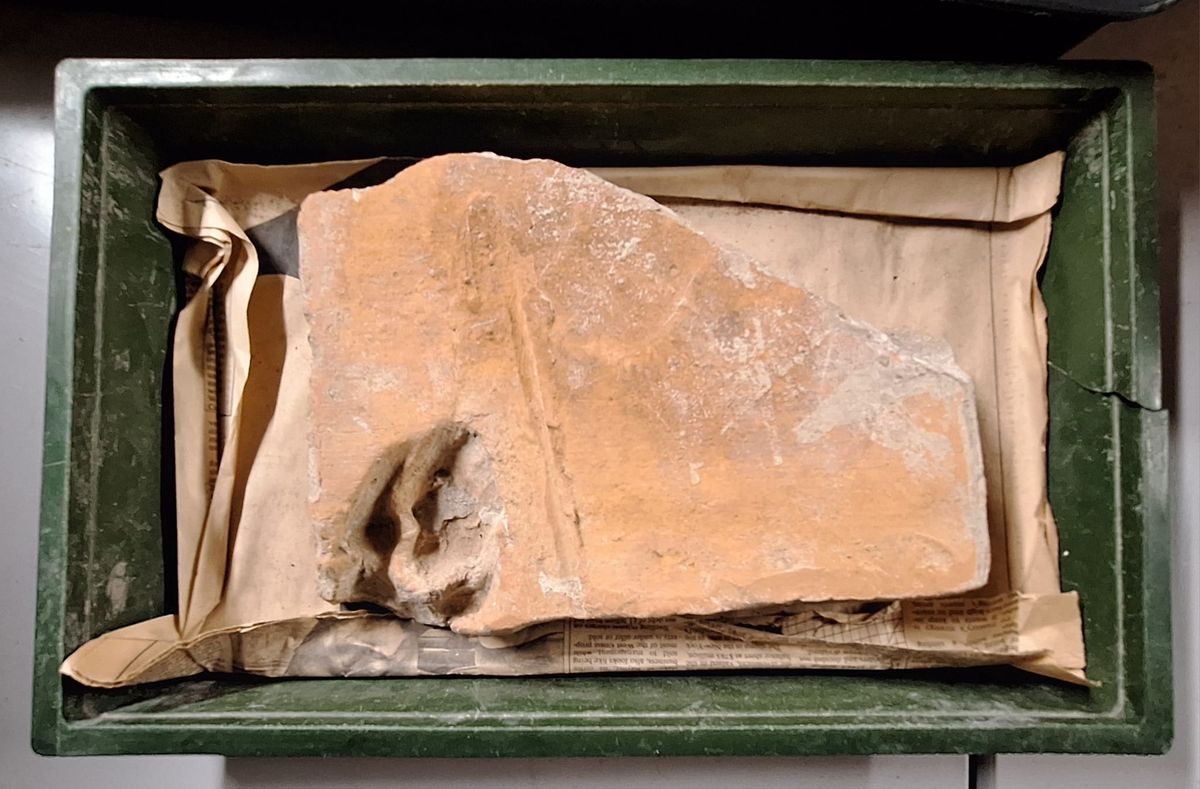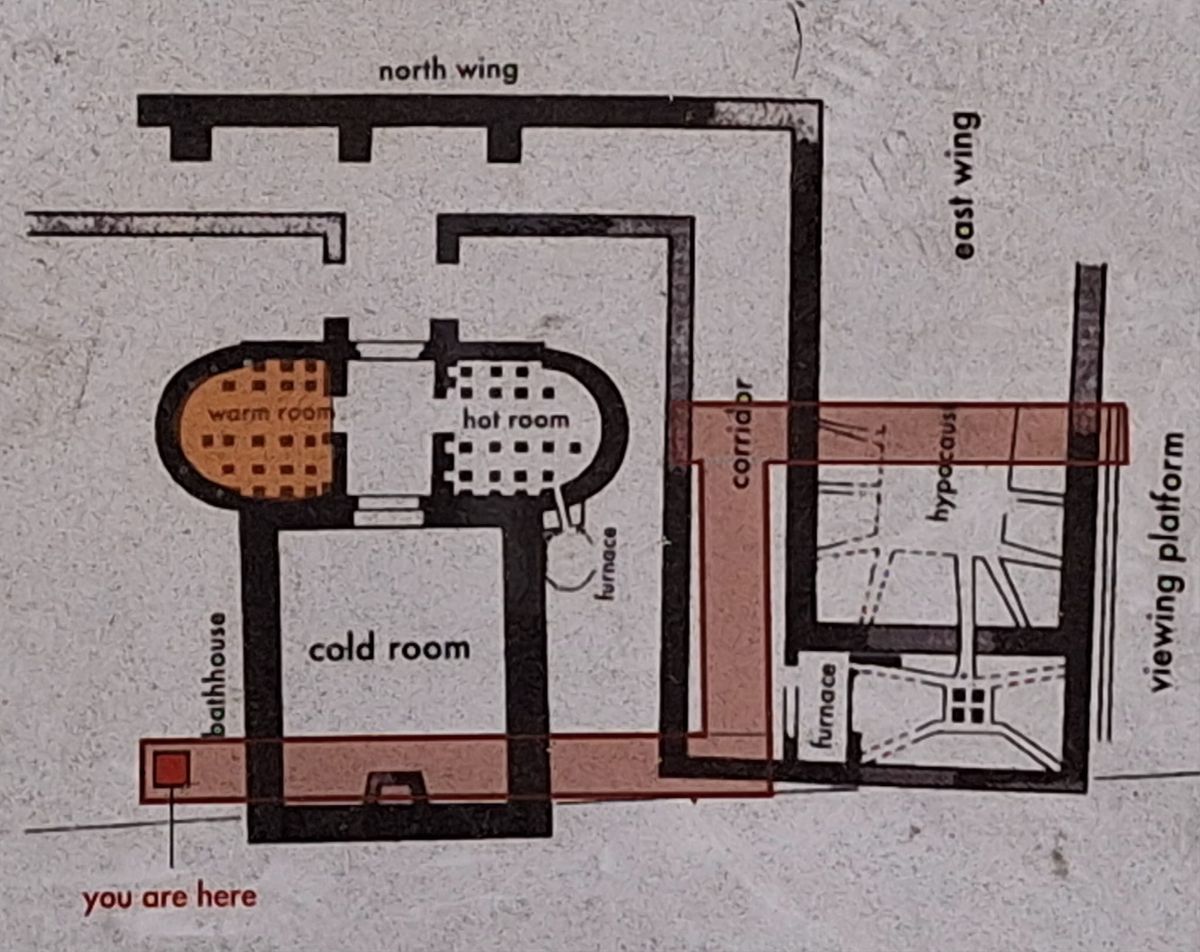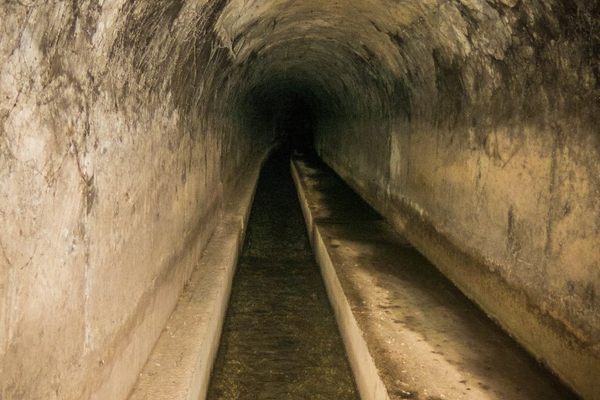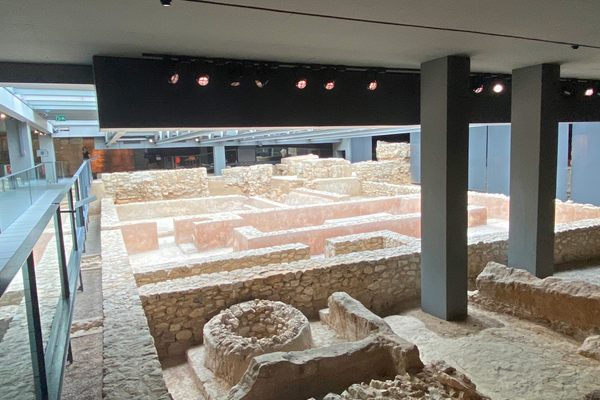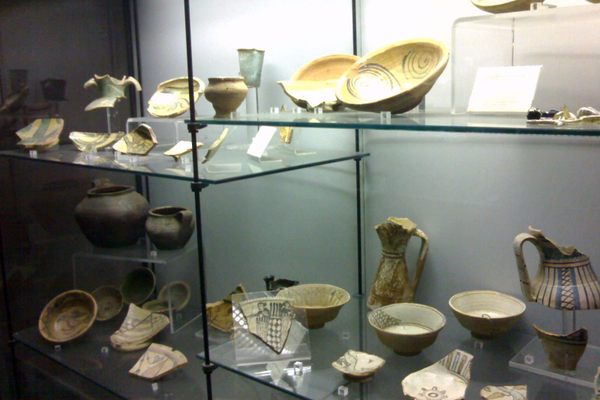About
In 1848, workers constructing the new Coal Exchange in the City of London unearthed one of the best examples of Roman buildings found in the capital. Realizing the importance of what they had discovered, the Victorian Londoners preserved the remains in the cellar of the building. When the Coal Exchange was eventually demolished in the 1960s and replaced by a new building, further excavations were carried out, and the ruins were once more incorporated into a cellar.
Excavations determined that the Roman house was built in the late second century, and would once have looked out onto the Thames, the river back then being much wider than it is today. However, this pleasant view was eventually spoiled when riverside walls were constructed, and the house and its large courtyard were thus plunged into the shade for much of the day.
There is speculation that the bathhouse was erected to make use of the land after it lost its vista of the river. The baths would have been open to the public, though they were more like a modern-day spa or sauna than the pools of water their name suggests.
From the heat of a furnace, hot air would circulate through a hypocaust, heating a warm room, (tepidarium) and a hot room (caldarium). It’s likely the patrons used these rooms first, where they’d work up a sweat, massage themselves with olive oil, and then have their body hair plucked. After all this, they would enter the cold room (frigidarium), where the chill and water from a small cistern would help close their pores.
Soon after the withdrawal of the Romans in the early fifth century, their city of Londinium collapsed, with many of its buildings then decaying into piles of overgrown rubble. The Saxons would later build on top of these, only for their buildings to fall, and this cycle of building on the ruins followed by collapse would continue for around a thousand years. In this way, being deep beneath the ruins of several epochs of London’s inhabitants, the Roman baths and house survived both the Great Fire and the Blitz.
Related Tags
Know Before You Go
The Roman House and Baths are open to visitors on certain Saturdays, (April - November), for 45-minute guided tours by City of London guides. Tickets for tours must be booked in advance online to guarantee a place. The only access to the cellar is via a staircase.
The nearest stations are Monument Bank and Tower Hill.
Community Contributors
Added By
Published
October 23, 2018






